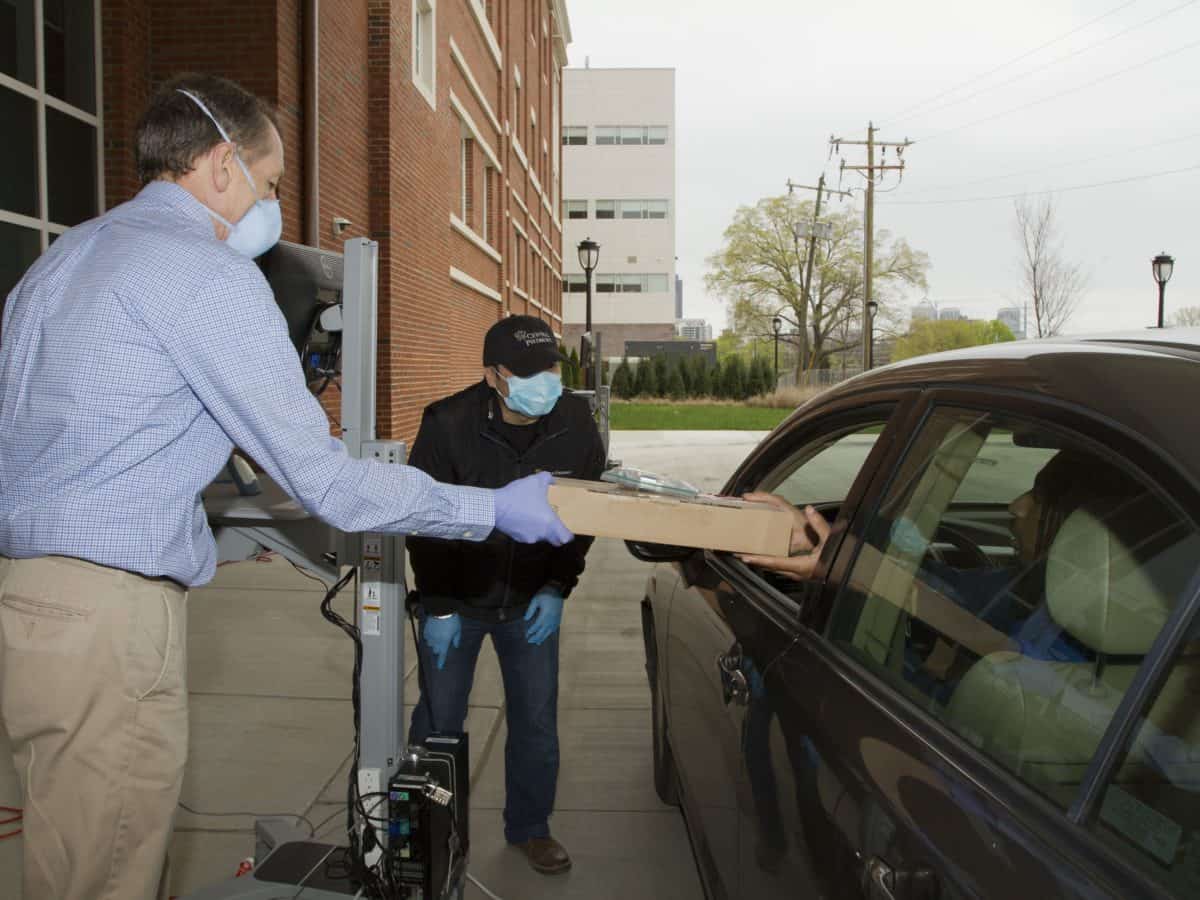

Updated on March 12 at 9:05 a.m.
Here’s what you need to know:
- The latest COVID-19 relief bill contains $40 billion in funding for colleges and universities, including community colleges.
- Institutions must spend half the money on emergency student financial aid grants and prioritize students with “exceptional need.”
- Funding can be used to make up for lost revenue.
- Funding will remain available through Sept. 30, 2023.
Higher education institutions are set to collectively receive $40 billion after the House passed the $1.9 trillion COVID-19 relief plan and President Biden signed it into law on Thursday, March 11. North Carolina’s colleges and universities, including community colleges, will receive funding based on student enrollment to spend on institutional needs and emergency financial aid grants to students.
Officially titled the American Rescue Plan Act of 2021, the bill provides the largest funding boost to colleges and universities since the pandemic started. Last spring, colleges received $14 billion in funding from the CARES Act, and this December, they received another $22.7 billion from the Coronavirus Response and Relief Supplemental Appropriations Act (CRRSAA). See how much North Carolina community colleges received from the CARES Act here and how much they received from the CRRSAA here.
This latest round of COVID-19 relief funding has largely the same terms and conditions as the CRRSAA, both of which provide more flexibility in how colleges can spend the money than the CARES Act. All three bills split funding into institutional funding and student financial aid grants.
How can colleges use the money?
The American Rescue Plan follows the terms set out in the CRRSAA that higher education institutions may use the funding to:
“(1) defray expenses associated with coronavirus (including lost revenue, reimbursement for expenses already incurred, technology costs associated with a transition to distance education, faculty and staff trainings, and payroll);
(2) carry out student support activities authorized by the HEA that address needs related to coronavirus; or
(3) provide financial aid grants to students (including students exclusively enrolled in distance education), which may be used for any component of the student’s cost of attendance or for emergency costs that arise due to coronavirus, such as tuition, food, housing, health care (including mental health care), or child care.”
The American Rescue Plan adds that institutions “shall use a portion of funds” to:
“(A) implement evidence-based practices to monitor and suppress coronavirus in accordance with public health guidelines; and
(B) conduct direct outreach to financial aid applicants about the opportunity to receive a financial aid adjustment due to the recent unemployment of a family member or independent student, or other circumstances, described in section 479A of the Higher Education Act of 1965 (20 U.S.C. 1087tt).”
The plan also states that the funding will be available through Sept. 30, 2023.
Who is eligible for the student financial aid grants?
The CARES Act required colleges to spend half their allocated money on student financial aid grants. The CRRSAA requires colleges to spend at a minimum the same amount on student financial aid grants as they did under the CARES Act. However, since the total funding is greater under the CRRSAA ($22.7 billion compared to $14 billion), colleges are likely to have a greater share of funding for institutional needs. The American Rescue Plan says institutions “shall use not less than 50 percent of such allocation to provide emergency financial aid grants to students.”
A main difference between the CARES Act and the latest rounds of COVID relief are that they require colleges to prioritize students with “exceptional need, such as students who receive Pell Grants.” However, this does not mean financial aid grants can only go to Pell Grant recipients or students who are eligible for Pell grants.
The CRRSAA and the American Rescue Plan also expanded eligibility to include students who were exclusively distance education students. Whether or not undocumented students are eligible for this funding will be up to the Department of Education to decide.


